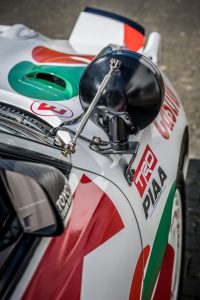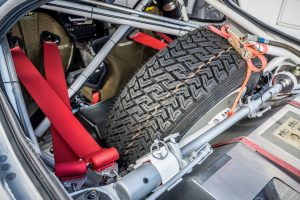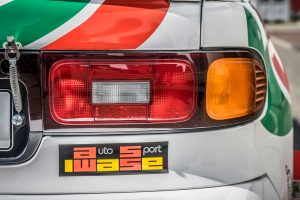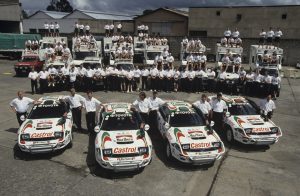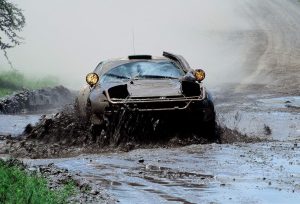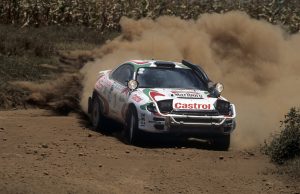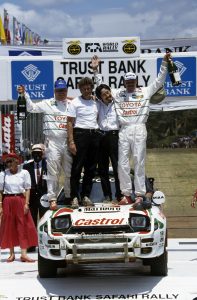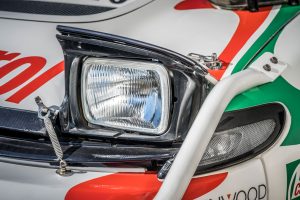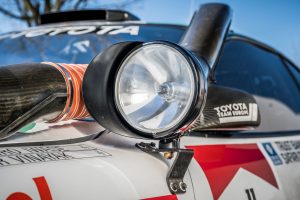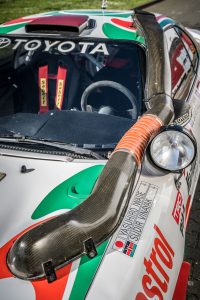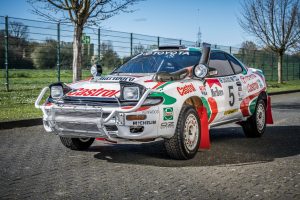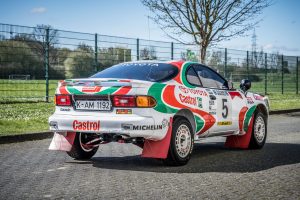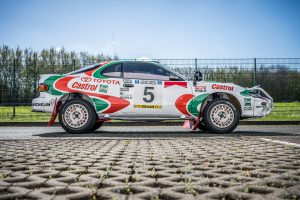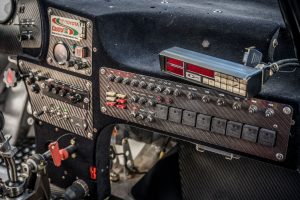Toyota celebrates 30th anniversary of landmark Safari Rally success
When the East African dust settled at the end of the 1993 Safari Rally, the Toyota Celica reigned supreme. After more than 2,300 miles of gruelling competition, Toyota had finished first, second, third and fourth; a remarkable and rare achievement.
Soon-to-be-champions Juha Kankkunen and Juha Piironen stood atop the podium; their fellow Finns Markku Alen and Ilkka Kivimaki were second; and local heroes Ian Duncan and Ian Munro completed the top three. Just off the podium, Yasuhiro Iwase scored the best result of his career in fourth, alongside co-driver Sudhir Vinayak. All were driving Toyota Celica Turbo 4WD (ST185) cars.
Toyota was already in rarefied company among rally legends, having become the first Japanese manufacturer to finish 1-2-3-4 on an FIA World Rally Championship (WRC) event, seven years earlier on the Ivory Coast Rally. By lunchtime on 12 April 1993, Toyota had two such results to its name, becoming just the third manufacturer to have achieved multiple 1-2-3-4 finishes, alongside Audi and Lancia.
Now, three decades later, Toyota Racing Europe (TGR-E) salutes its rally heritage with a specially commissioned photo collection featuring one of the original cars from the event.
With its distinctive snorkel to allow the engine to breathe even when driving through water, windscreen-mounted headlights high enough to avoid most of the flying mud, and protective bars at the front in case of a close encounter with any native wildlife, the Celica looks every bit the 299hp, 1,100kg Safari Rally-taming beast, albeit after plenty of tender loving care returned it to prime condition.
In 2012 it was rescued by TGR-E, the Cologne facility where it was originally developed, assembled and operated in the 1990s. A specialist team of rally car restorers lovingly returned to its original condition, including 1993 Safari Rally competitor plates, and installed in TGR-E’s Motorsport Museum.
The Safari Rally was an endurance test for man as well as machine. Among the handful of TGR-E staff who experienced the 1993 Safari Rally, tales abound of the multiple challenges of operating in the African wilderness.
For the team, such an event began two weeks in advance when they landed in Nairobi and set up base at a dedicated Toyota Team Europe (TTE) workshop on the Funzi Road, already experiencing the unpleasant side effects of anti-malarial drugs and pre-flight vaccinations.
Any conversation about the Safari Rally quickly touches on dust; the specific red dust of Kenya which covered the crew. Such was the extent of the issue, disposable, extra-thin t-shirts were produced, simply washing the dust away was impossible. Rallying in such conditions was a visceral experience; the dust has a distinctive smell which lingers in cars decades after their competitive life ends. It also required special protection to be installed to avoid it damaging sensitive mechanical parts.
It was not only the rally cars and drivers who made the arduous loop from Nairobi to Mombasa on the coast, back north to the edge of the Ugandan border and south again to Nairobi, through conditions ranging from dry heat to exhausting humidity. The service crews were there every step of the way, navigating the hazardous terrain without GPS, mobile phones or detailed maps.
Travelling from service area to service area like sporting soldiers, they carried food rations to cook on the way, battled flash storms which washed away equipment and awaited the arrival of their rally car, if indeed it arrived at all.
At the end of an epic event, there was always a sense of satisfaction and the TTE crew maintained a time-honoured tradition. After the podium, everyone returned immediately to the Serena Hotel on the southern edge of Kenya’s capital, and jumped into the swimming pool, wearing whatever was on their backs. It was time to relax and bond as a team.
Those moments live strong, and the eyes of TGR-E’s Safari Rally veterans light up at the cascade of memories flooding back on an historic anniversary, with the all-conquering Celica ST185 sitting proudly in its birthplace among friends.
Not that Safari Rally 1993 was the last time Toyota locked out the top four in Kenya; by happy coincidence the same event in 2022 saw Toyota Gazoo Racing World Rally Team, with an engine born in Cologne, repeat the achievement with the GR Yaris Rally1 Hybrid, spearheaded by Kalle Rovanperä and Jonne Halttunen during their first World Championship-winning season. This week the team are taking on the challenge of the Safari Rally Kenya again with four GR Yaris Rally1 Hybrid cars driven by Kalle Rovanperä/Jonne Halttunen, Sébastien Ogier/Vincent Landais, Elfyn Evans/Scott Martin and Takamoto Katsuta/Aaron Johnston.
ENDS

